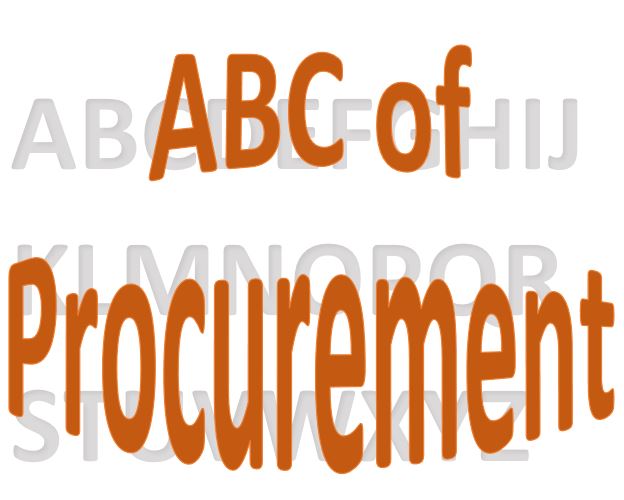Are we, procurement guys, adding value to the company? Some see us as guard dogs, admins, useless annoyances. A waste of time, doing something they could do much better and faster. How to prove our contribution to the bottom line?
In most companies, departments are classified into three groups per their contribution to the profit of the company.
The first group are the profit makers. This is the value-adding part of the organization. Production is the primary. Also, the sales department is considered very often as profit-making, as it adds the profit margin on top of production cost.
The second group are service centres. They do not add value themselves, but without them, the company could not provide the goods and would need to hire a third-party company. A good example would be logistics and warehousing.
The third group are cost centres. We need them because the law or operation must have them but they do not contribute to the company bottom line. This is accounting, security and purchasing, for example.
Now, why is this so important? Who cares about the classification? The board does. When they give money to a profit-making department, this is an investment. Cost centres need to reduce costs. This is the reason sales drives fancy cars while getting a new printer for procurement is almost impossible.
Don’t assume I have anything against the sales guys. They are indeed an important part of the operation. But procurement plays a role there, too.
Here are a couple of ways I used during my career to prove the contribution of procurement to the bottom line. But, one piece of advice first. Measure, track, report. Stories backed up by numbers make the impact. And share the stories with the management, whenever possible. Everyone brags about their achievement, so must we.
The first way is, obviously, savings. There are two main ways to calculate savings:
Contracted savings and Realized savings.
Contracted savings
Contracted savings calculate the saving based on contractual terms. Procurement has the current cost at the start of the tender. The difference between the new cost and the old cost, multiplied by the contracted volume is the total saving.
Contracted savings = (new cost – old cost) * volume
I am not a big fan of contracted savings. These are future savings, and so many things can happen during the contract duration. Quantities change, items get removed completely. But it is a good starting point to determine whether we are on track, once we have the realized savings.
Realized savings
Realized savings are a bit trickier to measure. Here we have to deal with historical, real data. My approach is to compare last year average cost with this year average cost.

Here we can see exactly how much money the procurement team saved. And do not forget, savings in raw material costs go directly to the bottom line.
A further report will include ad-hoc saving projects. These are projects that are done once but have a long-lasting effect on profitability. In my post Sources of savings, I have shared some of the ways I have used in the past. Here the challenge is to create the starting point, as we are getting approval based on the project data. So, the comparison is cost with the old way of doing things vs. cost after the change. Use your imagination, and if something needs to be estimated, just state that this is an estimation. And do not forget, savings are not only expressed in money. It can be a quality improvement, higher safety of the workforce. Some projects result in higher customer satisfaction or a quicker delivery.
Once the reports and the process of getting the data are established, do not change it at least for a year. Procurement adds value in the long term. The millions of savings that you can sometimes read about in the newspapers will reach the company bottom line in a time frame of several years.




Pingback: Savings in procurement – how to calculate them - ABC of Procurement
Pingback: Why is a procurement budget different? - ABC of Procurement